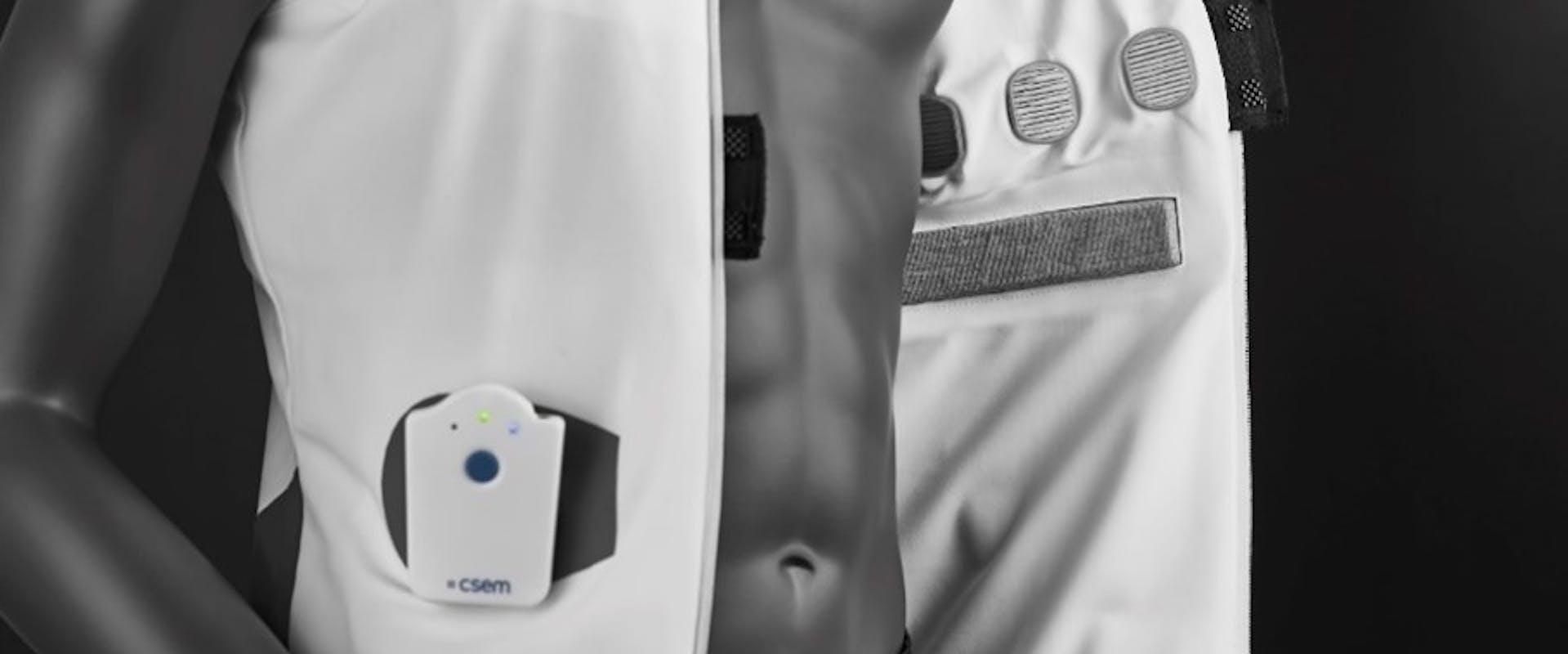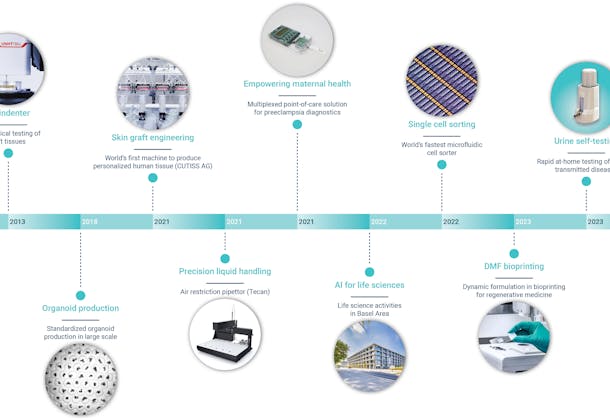16. Dezember 2022
Novel wearable vest for long-term lung monitoring
(Dieser Artikel ist nur auf Englisch verfügbar)
Lung diseases are among the leading causes of death in the EU. Existing methods of chest disease analysis are expensive, uncomfortable, invasive, or use ionizing radiation. In response, the EU-funded WELMO consortium has developed low-cost and low-energy sensors that are integrated into a comfortable and safe vest. This allows the remote monitoring of the lungs through the collection of respiration-linked chest sounds and electrical impedance tomography signals.



